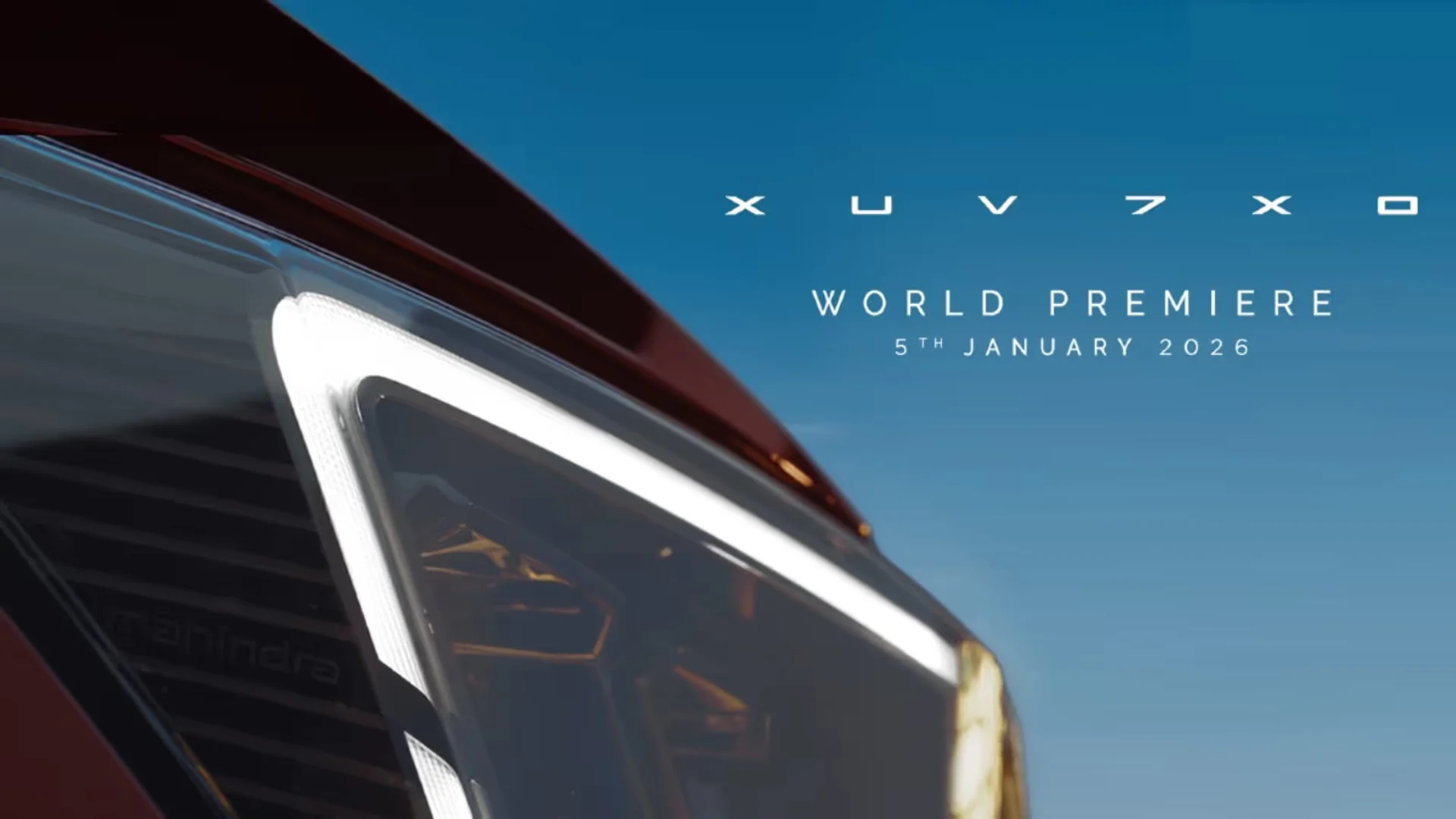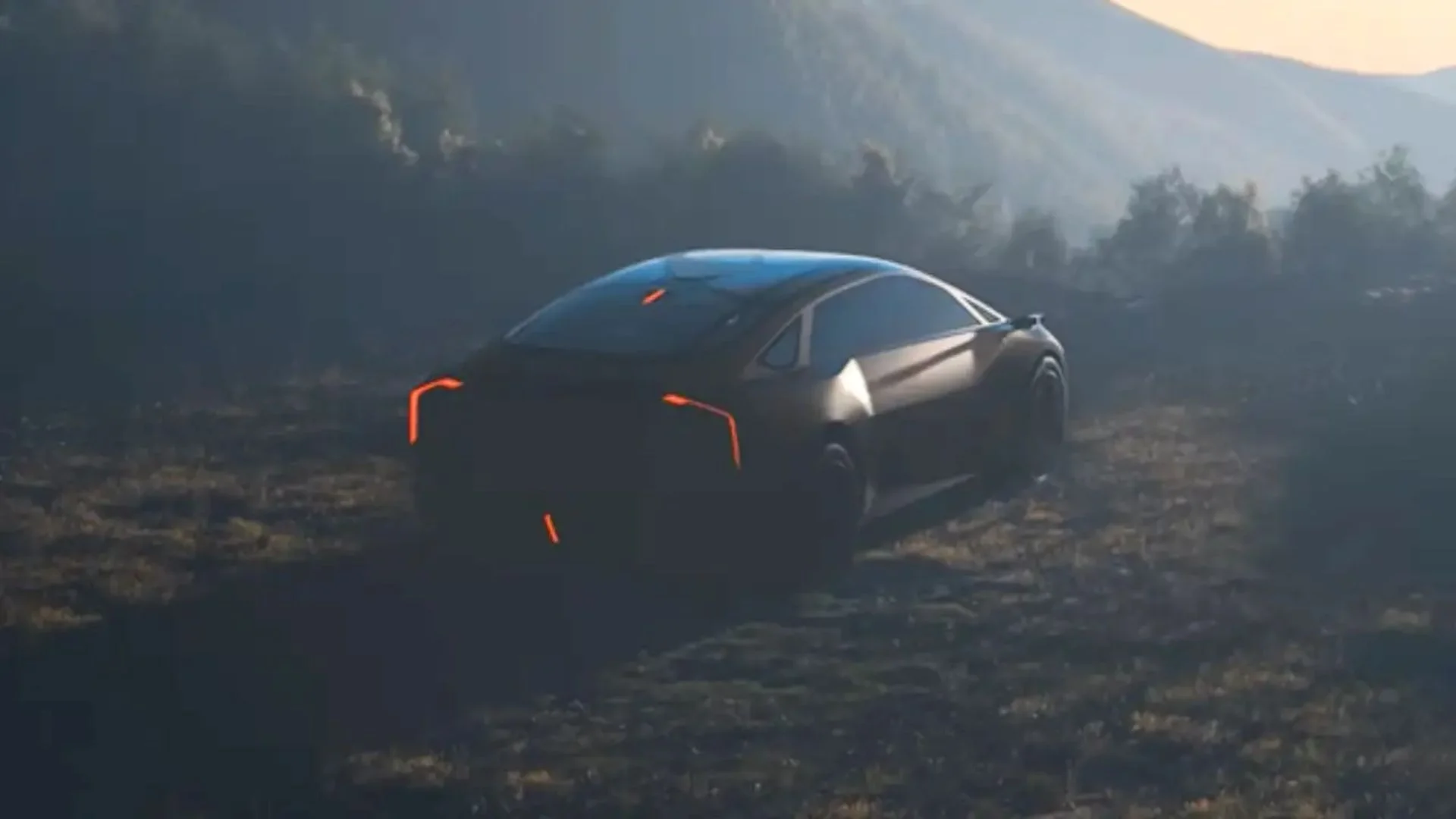When it comes to tyre pressure maintenance, the debate over Nitrogen vs Normal Air in Tyres continues to intrigue vehicle owners across India. Until a few years ago, filling tyres with normal compressed air was the only option. But with the rise of nitrogen filling stations, claims about improved performance, better fuel efficiency, and longer tyre life have gained attention.
But are these claims truly accurate? Does nitrogen inflation justify its added cost? Let’s explore the key differences, benefits, and practical impact of both inflation options so you can make the right choice for your vehicle’s performance and safety.
Why Tyre Pressure Matters
Maintaining the correct tyre pressure is vital for overall safety, comfort, and fuel economy. Under-inflated or over-inflated tyres can cause uneven wear, poor traction, and reduced mileage.
Proper tyre pressure maintenance ensures:
- Optimal road grip and braking performance
- Enhanced fuel efficiency through reduced rolling resistance
- Extended tyre lifespan with even tread wear
- Safe handling and stability on all terrains
Types of Inflation Gases
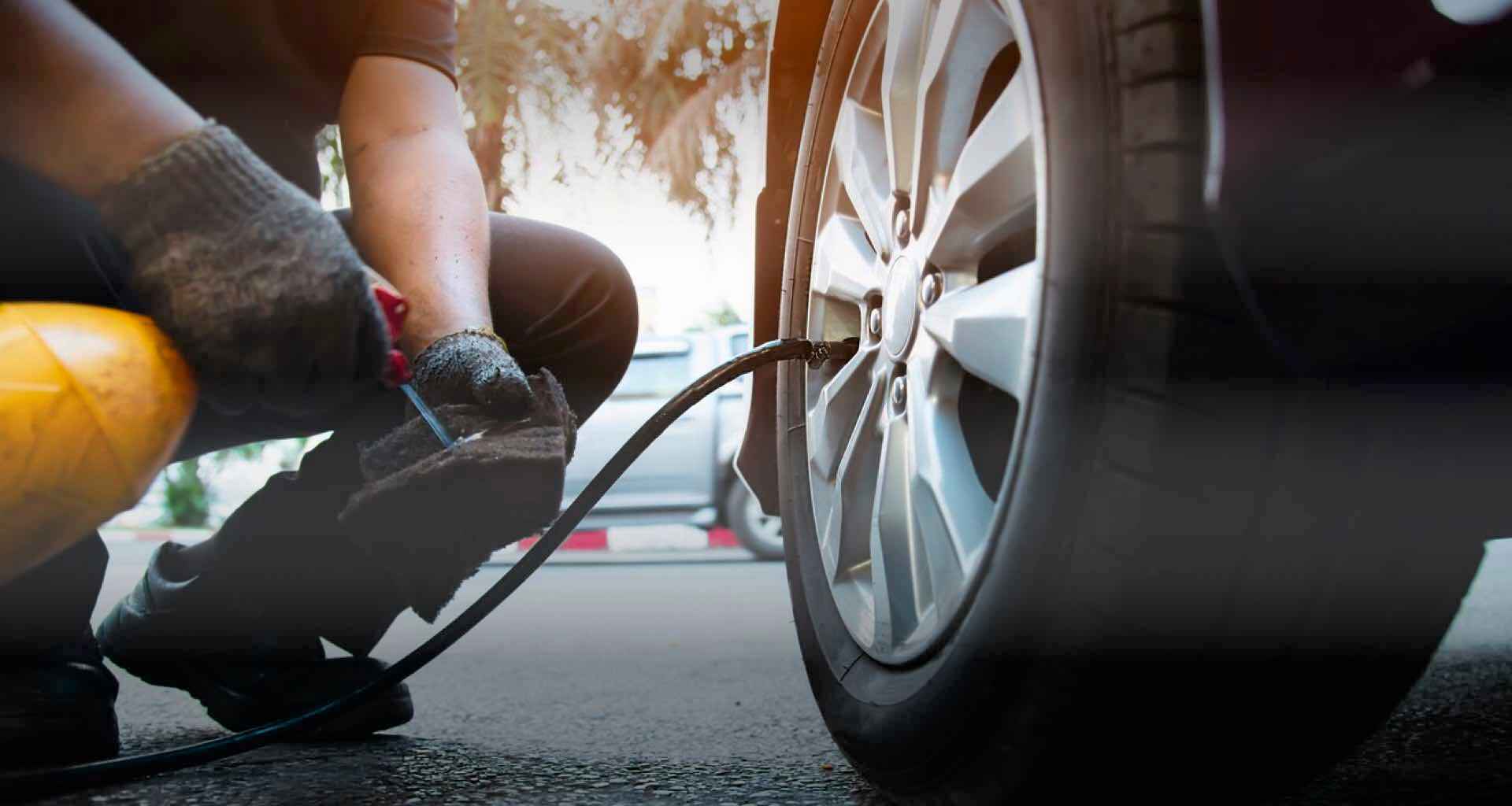
For tyre inflation, there are two primary gases used compressed air and nitrogen. Each has unique physical properties that influence tyre performance and maintenance requirements.
Understanding how they differ helps drivers make informed decisions based on vehicle type, usage, and driving conditions.
Why Nitrogen?
Nitrogen inflation is gaining popularity because it helps tyres retain pressure for longer periods and perform more consistently under varying temperatures.
Here’s why:
- Longer Pressure Retention: Nitrogen molecules are larger than oxygen molecules, making them less likely to seep through tyre rubber.
- Reduced Temperature Fluctuation: Nitrogen expands and contracts less with heat, ensuring stable tyre pressure during long drives or temperature changes.
- Cooler Running Tyres: Nitrogen-filled tyres run cooler, reducing the risk of blowouts on highways.
- No Moisture or Rust: Nitrogen is a dry gas, eliminating internal moisture that can corrode rims and degrade tyre rubber over time.
For these reasons, nitrogen is widely used in aircraft, motorsport vehicles, and premium cars, where precision and performance matter most.
Why Normal Air?
Normal compressed air remains the most practical and affordable option for the majority of car owners.
Here’s why:
- Easily Accessible: Regular air can be found at virtually every petrol station and service centre.
- Low or No Cost: Inflation with air is usually free or very inexpensive.
- Proven and Reliable: Used for decades, normal air continues to serve millions of vehicles effectively.
For everyday city drivers, normal air offers convenience, affordability, and sufficient performance when tyres are regularly checked.
Benefits of Nitrogen
- Consistent Tyre Pressure: Slower leakage leads to stable PSI over longer durations.
- Improved Tyre Health: Dry nitrogen prevents moisture buildup, protecting rims and inner linings.
- Better Fuel Efficiency: Proper pressure ensures smoother rolling, improving mileage.
- Extended Tyre Life: Even wear and reduced oxidation lead to longer-lasting tyres.
- Enhanced Safety: Minimized risk of tyre bursts or overheating at high speeds.
Disadvantages of Nitrogen
- Higher Cost: Filling with nitrogen is costlier than normal air.
- Limited Availability: Not every fuel station provides nitrogen refills.
- Time-Consuming Process: Tyres must be deflated before filling with nitrogen, requiring more time.
- Marginal Benefits for City Driving: For short trips, the advantages over air travel are minimal.
Advantages of Using Air
- Easy Accessibility: Readily available at every petrol pump.
- Low-Cost Inflation: Usually free or extremely affordable.
- Quick Process: Fast top-ups without specialized equipment.
- Sufficient for Regular Use: Ideal for normal driving conditions and short commutes.
Disadvantages of Using Air
- Faster Pressure Loss: Air escapes through tyre pores more quickly.
- Contains Moisture: Promotes oxidation, rim rust, and internal tyre damage.
- Temperature Sensitivity: Pressure fluctuates with hot or cold weather.
- Reduced Efficiency: Unstable pressure affects mileage and handling.
Key Comparison
|
Factor |
Nitrogen |
Normal Air |
|
Pressure Stability |
High |
Moderate |
|
Heat Resistance |
Excellent |
Average |
|
Moisture Content |
None |
Present |
|
Tyre Lifespan |
Longer |
Moderate |
|
Fuel Efficiency |
Improved |
Average |
|
Cost |
Slightly Higher |
Low |
|
Availability |
Limited |
Easily Available |
Nitrogen vs Air in Tyres Which Is Better?
In the Nitrogen vs Normal Air in Tyres debate, both gases serve their purpose but in different ways.
- Nitrogen is best for those seeking long-term pressure consistency, safety at high speeds, and reduced maintenance.
- Normal Air remains suitable for everyday use, offering unmatched convenience and affordability.
If you drive long distances or own a premium car, nitrogen can enhance tyre performance and durability. But for most daily commuters, regular air when properly maintained is more than sufficient.
Mixing Air and Nitrogen
Yes, if your tyres already contain nitrogen, it’s completely safe to top them up with normal air when nitrogen isn’t available. However, this will dilute nitrogen’s purity and slightly reduce its benefits, like pressure stability and oxidation resistance.
In fact, regular compressed air already contains about 78% nitrogen and 21% oxygen. So, mixing both is not harmful in any way.
From a safety standpoint, there’s no chemical hazard or performance risk when mixing the two gases.
The most important thing is to maintain the right tyre pressure, regardless of what gas you use.
So if you’re on a long road trip and can’t find a nitrogen station, go ahead and fill up with air safety and performance won’t be compromised.
How to Check Nitrogen Tyre Pressure
.jpg)
Even though nitrogen holds pressure longer, it’s essential to check your tyre pressure regularly.
Tyres naturally lose some pressure over time due to minor leakage or temperature variations.
To maintain optimal performance:
- Check pressure every two weeks using a reliable digital gauge.
- Refill nitrogen if the PSI drops below the recommended level.
- Monitor your tyres more frequently before long-distance travel.
Regular maintenance ensures consistent handling, improved safety, and maximum tyre lifespan, whether you use nitrogen or air.
The Decision Nitrogen in Tyres or Compressed Air?
Choosing between nitrogen and air depends on your driving habits and maintenance preferences.
Choose Nitrogen If:
- You drive frequently on highways or long routes.
- You prefer stable pressure and reduced maintenance.
- You own a high-performance or premium vehicle.
- You want longer tyre life and improved fuel efficiency.
Choose Normal Air If:
- You drive primarily in the city.
- You prefer convenience and quick access.
- You want to minimise cost without compromising safety.
- You check tyre pressure regularly.
Both options are safe what truly matters is consistency in tyre pressure maintenance.
Conclusion
Both Nitrogen and Normal Air in Tyres serve one ultimate purpose, maintaining optimal pressure for safety and performance.
Nitrogen offers greater stability, safety, and longevity, while air delivers unmatched convenience and affordability.
In the end, the right choice depends on your driving habits, budget, and maintenance routine.
No matter which option you choose, regular tyre pressure checks remain the most crucial step for safer, smoother, and more efficient driving.
Read Also This |
|
|---|---|
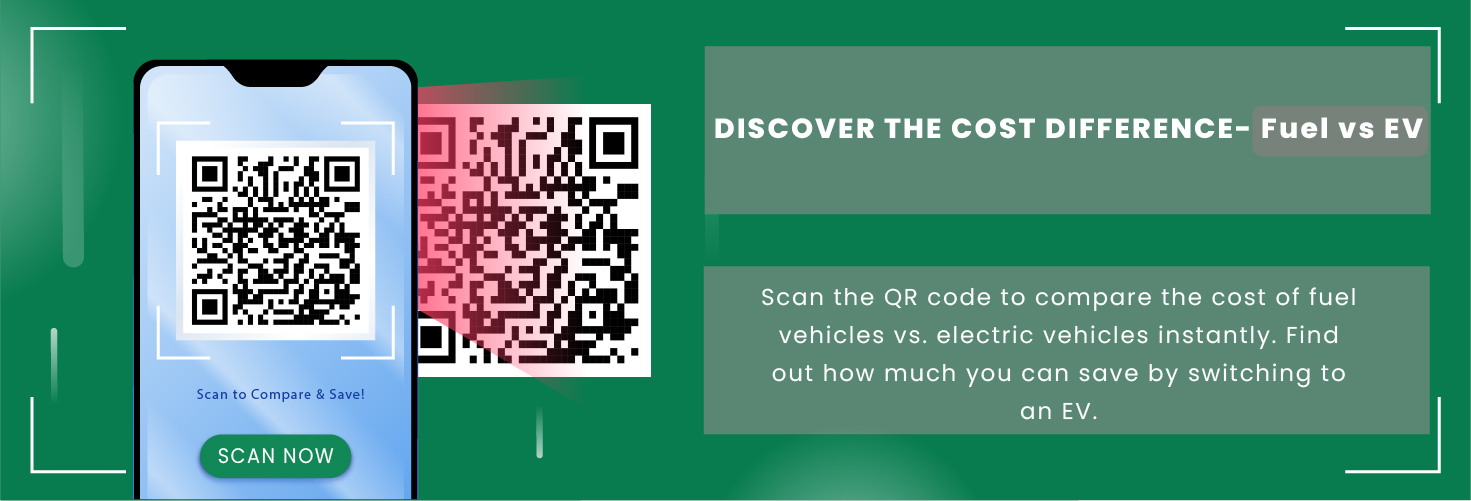

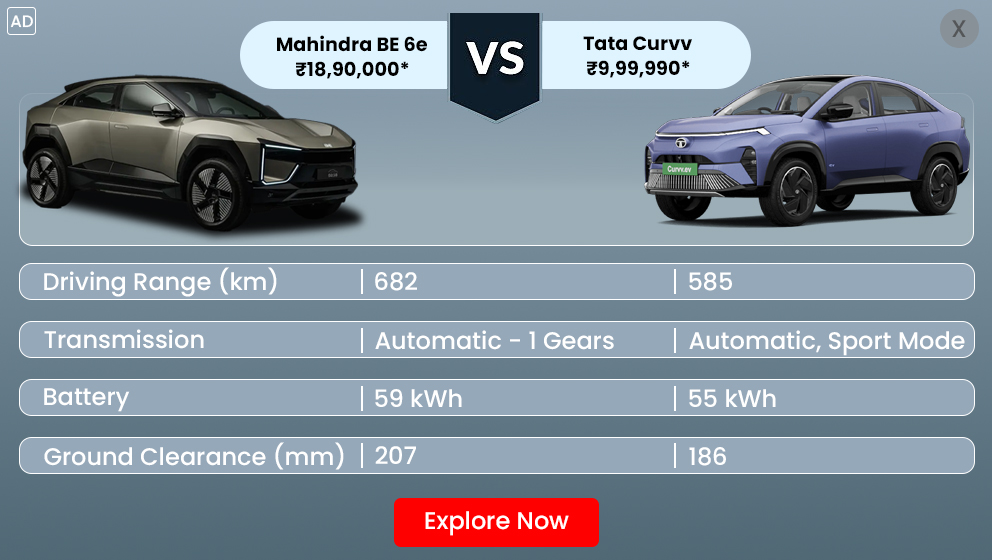

_1759733364.webp)

 (1)_1759734056.webp)
